During the 1600’s and 1700’s, the European invasion of North America intensified. With the growing interest in the continent and its aboriginal inhabitants, numerous books were published describing the Native peoples, their customs, histories, religions, and languages. Some of these books were based on personal observations, while some were simply speculation. Some of these books were intended to justify the European sense of superiority over the American Indians and to provide motivation to continue their conquest of the continent. A few of these books are described below.
Indian Descriptions:
Indians, from a European perspective, were seen as exotic people, often described as being without religion and government, and sometimes being described as being in league with Satan. Books describing Indian life and customs often reflected a sense of European superiority.
Garcilaso de la Vega chronicled the De Soto expedition using the accounts of three men who were on the expedition. The book, published in 1605, described the Indians of Florida building the houses of chiefs on mounds which stand 28-42 feet high and which are capable of holding 10-20 dwellings.
Thomas Morton’s New English Canaan; or New Canaan, Containing an Abstract of New England, published between 1632 and 1637, contained three parts: (1) “The Origins of the Natives; their Manners and Customs,” (2) “A Description of the Beauty of the Country,” and (3) “A Description of the People.” In the book he mentioned the various powers of the Indian medicine men and the ways in which they had to prove their powers.
In 1643, a young Dutchman, Adriaen van der Donck, set out to observe the New York countryside and the Indian people. When he returned to the Netherlands in 1652, he put together his careful observations into a book manuscript, A Description of New Netherland. While he obtained a license to publish it, publication was delayed as the government did not want to draw attention to the colony, fearing that the English might invade.

Van der Donck arranged his observations thematically with sections devoted to the natural environment (waters, woodlands, plants, minerals, winds, and seasons) and the Indians. With regard to the plants raised by the Indians, he was fascinated with the watermelon and wrote:
“When really ripe and sound, it melts away to a juice as soon as it enters the mouth, and nothing remains to spit out but the pips … they are so refreshing and often served as a beverage.”
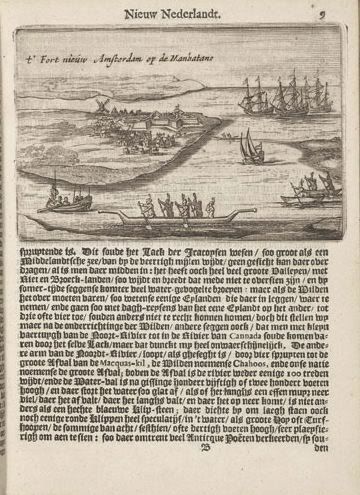
Van der Donck had learned some of the Indian languages spoken in New York and classified the languages of the region as falling into four different language groups.
Van der Donck observed the Native medicine men and marvelled at their abilities. He reported:
“they can treat gonorrhea and other venereal diseases so easily as to put many an Italian physician to shame.”
While van der Donck’s book is a fairly accurate description of seventeenth century New York and the Indians which inhabited the area, it has been generally ignored by most American historians as it was written in Dutch rather than English.
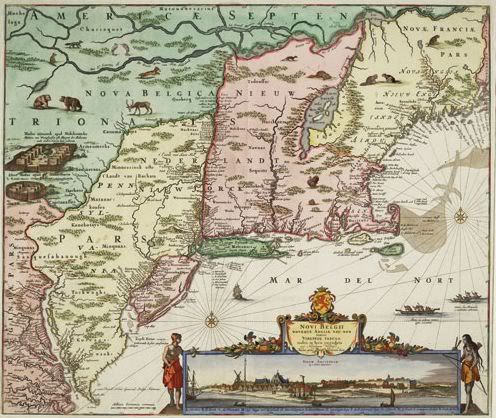
Shown above is the map of New Netherlands which van der Donck published.
New-Englands Rarities Discovered, written by John Josselyn, was published in 1672. The book is based on Josselyn’s observations of the Eastern Abenaki in Maine. The work tended to be critical of the Puritan hegemony at Massachusetts Bay and therefore John Josselyn’s writings were criticized by his contemporaries. The book is criticized by modern scholars for his occasional credulity.
In New York, Dr. Caldwallader Colden published his A History of the Iroquois Nations in 1727. He wrote:
“The Five Nations are a poor Barbarous People, under the darkest Ignorance, and yet a bright and noble Genius shines thro’ these black clouds.”
Indian Histories:
Where did the Indians come from? This was a question often asked by the Europeans. Ignoring, or perhaps unaware of, the Indian accounts of their origins, the Europeans attempted to fit Indian histories into their own mythologies of the Garden of Eden, the Jewish Diaspora, and other stories. For example, in a 1642 book entitled On the Origins of the Native Races of America, Hugo Grotius concluded that the Indians are the descendants of Germans and Chinese.
One of the common beliefs among Europeans was that the Indians were descendants of a Jewish tribe. In Jewes in America, or probabilities that the Americans are of that race, published in 1650, Thomas Thorowgood made a comparison of Jewish and Indian cultures in an attempt to prove that Indians were really Jewish. He suggested that Indians were descended from one of the lost tribes of Israel. He cited the similarity between Indian and Jewish rites, knowledge of the flood, dancing, and circumcision. Two years later, in Americans no Jews, or improbabilities that the Americans are of that race Sir Marmon l’Estrange pointed out that the features mentioned by Thomas Thorowgood were general human customs and not evidence that Indians were Jews.
French naturalist Georges de Buffon began publication of a multi-volume work entitled Histoire Naturelle in 1749. In this work American Indians are described as being degraded and Indian men subject to impotence. He sees Indians as lacking families which, in turn, renders them incapable of establishing a true society.
In the book History of the American Indians (published in 1775), James Adair, an Indian trader, claimed that Indians were descendants of the ten lost tribes of Israel. Like many others of this time period, he felt that Indians had to have originated in the Garden of Eden and the best way to fit them into Christian history was to make them descendants of groups mentioned in the Bible.
Adair had lived with the Chickasaw for seven years and much of his book appears to have been written while he was living with them. The book provides minute descriptions of Indian life that could only be supplied by one who had spent considerable time observing the Indians. While the title of the book suggests a broad overview of Indians, it was actually an account of only those tribes with which he had had a personal experience. He felt that the Chickasaw were a typical American Indian tribe and seemed to be unaware of the great variety of Indian cultures. Like many other colonists, he had a stereotype that all Indians are the same.
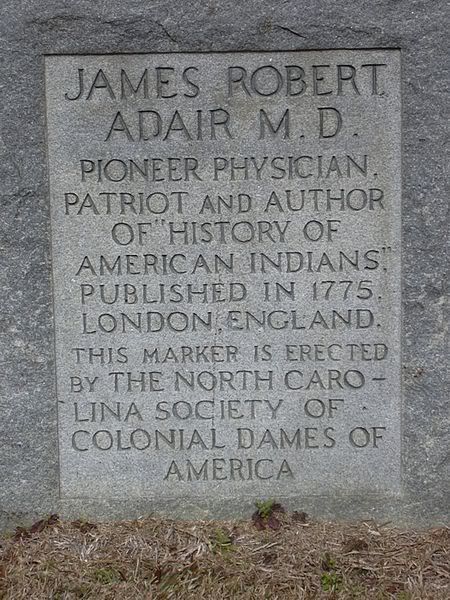
In 1797, Benjamin Smith Barton’s New Views of the Origins of the Tribes and Nations of America was published in Pennsylvania. According to Barton, Indians had once been a part of an ancient civilization which had declined over a long period of time. Therefore, it was impossible for them to advance toward civilization (defined as Euro-American society) without substantial help from the European-based civilizations.
Religious Books:
Some of the early books looked at American Indian religions, usually from a viewpoint that these religions were inferior and that the Indians needed to embrace Christianity and European cultural traits in order to become civilized. Another theme that runs through some of the works is the conflict between the Protestants and Catholics.
In Christenings Make Not Christians, Roger Williams, in 1645, provided an argument against converting Indians to Christianity. He felt that the majority of Christians were unconverted and were as heathen as Indians. He argued that Protestants should abstain from Indian missionary work until they succeed among their own people.
In 1702, Magnalia Christi Americana written by Cotton Mather presented the origin story of the Puritans in New England. Contrasting the English Protestant approach to Indian land with that of the Spanish Catholics, Mather wrote that the English
“would not own so much as one foot of land in the country, without a fair purchase and consent from the natives that laid claim unto it.”
Mather fails to mention the several thousand New England Indians who were annihilated by disease before the arrival of English colonists.
Captive Stories:
While it was common for the Europeans to capture Indians and take them back to Europe as either curiosities to be displayed like zoo animals or as slaves, Europeans found it shocking that Indians also took European captives. However, it was not uncommon for the European captives to refuse repatriation after living with the Indians. In 1700, for example, the Seneca agreed to give their French war captives back, but many of the prisoners had been adopted into Seneca families and refused to abandon their new lives. Only 13 French captives agreed to return to Canada.
In 1609, an English translation of the account of Juan Ortiz’s dramatic rescue from death by Ulalah, the daughter of Hirrigua Chief Ucita was published. This account seems to have inspired John Smith to write a similar story about his rescue by Pocahontas in Virginia.
In 1682, Mary Rowlandson published her account of her captivity by the Nipmuc. The book is entitled Soveraignty and Goodness of God. Over time this book has become considered a foundational work in American literature and sections of it are often included in literature anthologies. It is one of the most widely read accounts of King Philip’s War.


Louis Hennepin published his account of his travels and of being captured by the Sioux in 1697. While the work was widely read, Hennepin’s extravagant claims are not fully reliable.
John Williams published his book The Redeemed Captive in 1707. This is an account of his capture at Deerfield in 1704. His story of salvation from heathenism (Indian) and Catholicism (French) made the book a bestseller.
Government:
In 1632, Roger Williams wrote a small treatise which questions the English colonists’ rights to appropriate Indian land under the authority of a royal patent. Colonial officials demanded a retraction. William’s work has been described as a “large book in Quatro” and no copies of it have survived. The circumstances surrounding its disappearance are considered a mystery. This small treatise apparently provided sufficient justification for the English colonists to have it destroyed.
Indians were portrayed as “children of the devil” in the 1677 book The Present State of New-England, Being a Narrative of the Troubles with the Indians written by William Hubbard. The map which accompanied the book reduced the Indian presence in the area by assigning non-Indian names to the features shown. The book and its map were a litany of the various acts for which Indians are deemed responsible-burned barns, slaughtered stock, and human massacre. The book was basically a propaganda piece justifying the eradication of the Indians from New England.
In his 1787 Defence of the Constitutions of Government of the United States, John Adams recommended that political leaders pay attention to the governmental structures of Indian nations, particularly the separation of political powers and their democratic legislative structure.
The Ancient Past:
When the first Europeans began to arrive in the Americas, they did not come to a New World, but an ancient one. Native Americans had lived here for thousands of years. All around them, the newcomers saw evidence of this antiquity and many made attempts at explaining it. Some of these explanations were based on the authors’ fantasies of European superiority and Christian accounts of creation. There were, however, some which were based on scientific observations.
With regard to scientific observations, there are some people today who feel that Thomas Jefferson should be considered as the Father of American Archaeology for his excavation and observation of Indian mounds. In 1787, Thomas Jefferson published his Notes on the State of Virginia which examined the origins of native people in the area. The book includes a description of his excavations of an Indian mound near his home. Jefferson felt that American Indians had arrived at this continent from Asia, that they had arrived speaking only one language, and that, once here, their language had divided into a thousand different languages. He also postulated that Indians have been on the continent for an immense length of time. His views were attacked and he was called “a howling atheist.”
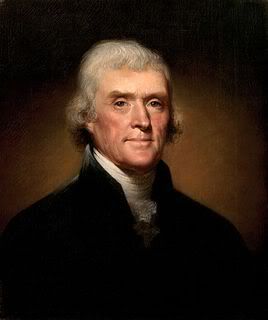
Notes on the State of Virginia was the only full-length book written by Jefferson.
In a 1787 book by Benjamin Smith Barton, the great mounds in Ohio were claimed to have been built by Vikings rather than Indians. These Vikings, according to the author, then journeyed south where they became the Toltecs. This was a common belief during the eighteenth and nineteenth centuries and actually endures among some people today.
It wasn’t just the Vikings who were credited with bringing “civilization” to North America. A book by John Williams, published in 1791, An Enquiry into the Truth of the Tradition Concerning the Discovery of America by Prince Madog ab Own Guynedd about the Year 1170, supported the idea of Welsh-speaking Indians living in the interior of the Americas. Many European explorers anticipated finding Welsh-speaking Indians, and even in the twentieth century popular accounts of Indians claimed that some groups, such as the Kootenai in Montana, must be related to the Welsh.
Language:
Some of the English colonists studied the Indian languages, usually for the purpose of providing aids to missionaries. In some instances, writers simply provided a vocabulary list. In 1634, for example, New England’s Prospects, written by William Wood, contained a description of the region’s natural history and native peoples. It included a five-page vocabulary of words and phrases.
The most important of the books on language was A Key Into the Language of America written by Roger Williams and published in 1643. The book is a phrase book and guide to Indian customs based on his experience among the Narragansett in Rhode Island. The book is organized into three parts: (1) Narragansett words and phrases, (2) geography and natural history, and (3) an account of Indian cultural institutions. Williams saw the origin of Indians as either Jewish or Greek. This was the first extensive book on Native American language which was published in English.
In the book, Williams contrasted Indian culture with European culture. Williams attacked some of the common stereotypes of Indian inferiority and pointed out that Indian cultures often had more civility and Christ-like spirit than did the European cultures.
In 1787, Jonathan Edwards, the son of a missionary who worked among the Stockbridge Indians and who grew up as a bilingual, published his Observations on the Language of the Muhhekaneew Indians which discussed Mohegan grammar. Edwards rejected many of the contemporary notions about primitive languages because of his first-hand knowledge of Indian languages.
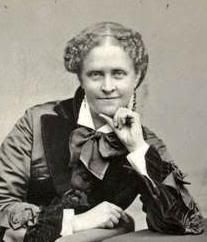
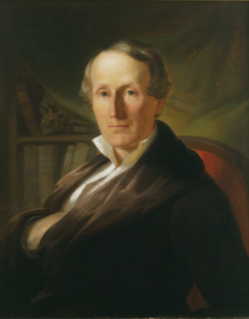
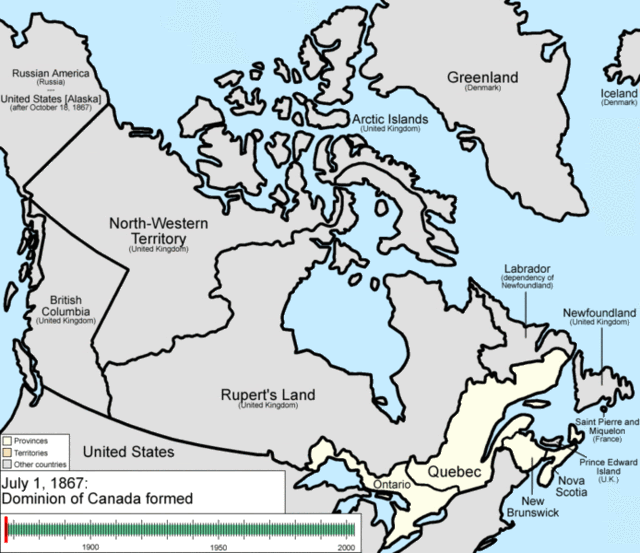
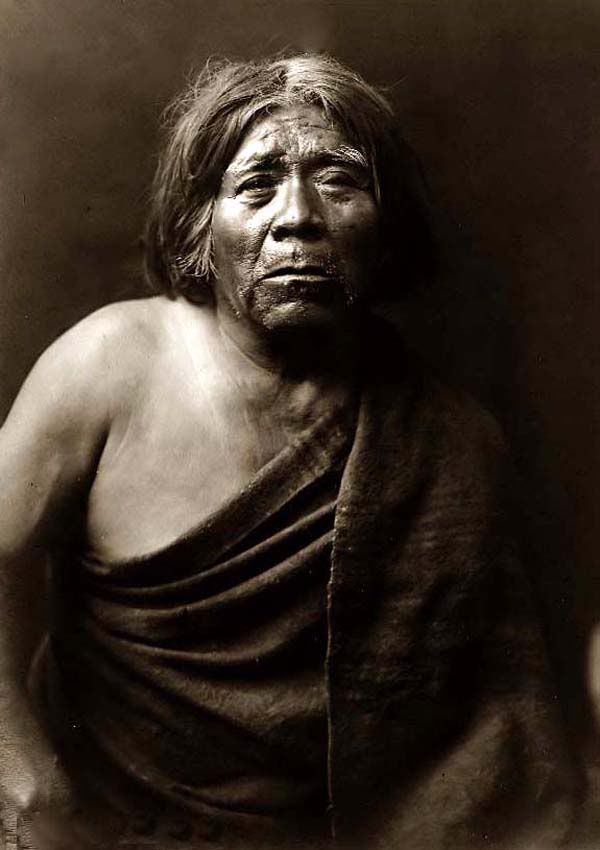
Rowlandson was taken a couple months after, among other atrocities, the whites had burned 10 sick and elderly to death in their wi-toos. The healthy Pawtucket and Wamesit Indians had been driven north and these older/infirmed people had stayed. There are two sides to every story.